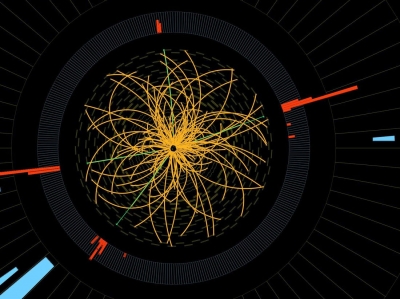
One of the most anticipated discoveries in Physics was made in2013 when scientists at CERN (the European Organization for Nuclear Research) detected a particle which had characteristics similar to the Higgs Boson. The Higgs Boson is a component of the Higgs field, an invisible field responsible for the mass of all the matter in the universe. Sometimes referred to as the ‘God Particle’ in popular culture, the discovery of this particle helps scientist better understand the functioning of our universe. In 2013, Peter Higgs and Francois Englert, two physicists involved in the finding of the particle were awarded the Noble Prize in Physics for their theoretical predictions.
The hypothesised Higgs mechanism made several accurate predictions, however to confirm its existence there was an extensive search for a matching particle associated with it – the “Higgs boson”. Detecting Higgs bosons was difficult due to the energy required to produce them and their very rare production even if the energy is sufficient. It was therefore several decades before the first evidence of the Higgs boson was found. Particle colliders, detectors, and computers capable of looking for Higgs bosons took more than 30 years to develop.
By March 2013, the existence of the Higgs boson was confirmed, and therefore, the concept of some type of Higgs field throughout space is strongly supported. The nature and properties of this field are now being investigated further, using more data collected at the LHC.
Picture Credit : Google




